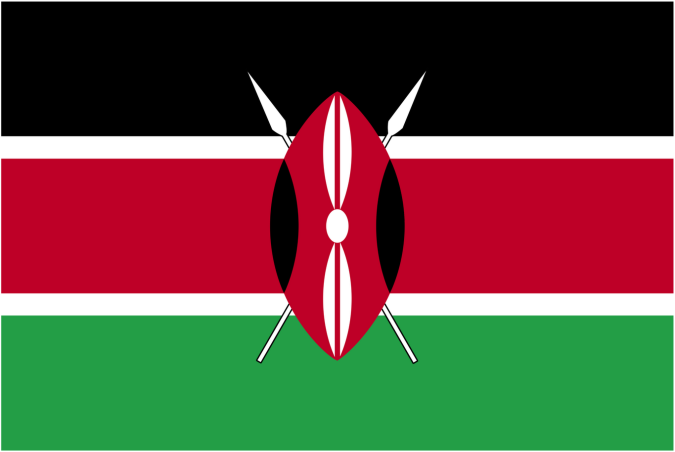World borrows a leaf from M-Pesa as mobile money services spread

By JAMES NGUNJIRI
The world is borrowing a leaf from Kenya’s M-Pesa innovation, with mobile money moving an equivalent of Sh100 billion ($1 billion) globally every day.
This is indicating that the mobile money sector is having a demonstrable impact on the effort to extend access to financial services and to provide a gateway to the digital economy.
Research findings by two independent think-tanks GSMA Association and McKinsey & Company, shows that Safaricom’s M-Pesa exemplified the innovative approach that mobile money providers are taking to developing payment platforms.
“While mobile money providers may not currently have all of the in-house assets or enabling regulation required to provide customers with use cases beyond transactions, they can create a platform to facilitate this,” said GSMA in its report.
Recently, Google integrated M-Pesa as a form of payment into its App Store making it easier for Kenyans to make purchases.
This has made Google Play as one of the first among global e-commerce sites to adapt to mobile money.
Before, customers could only pay using credit cards, which are inaccessible to most Kenyans.
Half of mobile money users in the world are found in sub-Saharan Africa with Kenya taking the lion’s share, while Asia recorded the fastest year-on-year growth to grow to 34 per cent of all mobile money users in the world.
The report said that mobile money also makes good business sense, noting that shifting to digital salary payments saves time and costs for both employers and employees.
Governments are also reducing budget costs by switching from cash to digital.
“In Kenya, more than 250 government services are now available digitally through the country’s e-government platform, e-Citizen. Over 90 per cent of all digital payments on e-Citizen are made through mobile money. This has significantly streamlined the collection process: it now takes just one financial day to complete collections, settlement and reporting, down from six months before 2014,” the think tank stated.
GSMA director general Mats Granryd said mobile technology is also proving to be an essential tool for delivering on the highly ambitious Sustainable Development Goals (SDGs) now in their third year.
He said better connectivity and new services are enabling healthier, more inclusive communities, and mobile money remains a central part of this story.
“It is contributing to 13 of the 17 SDGs, from enabling access to essential services like health and education, to empowering women with employment opportunities, to reducing poverty by offering life-enhancing financial services, often for the first time,” said Mr Granryd.
The McKinsey and Company report acknowledges that regulation can accelerate or hinder a mobile operator’s ability to grow – or make scale a prize not worth attaining.
“Regulations can influence a mobile money provider’s ability to grow and maintain a customer base build and sustain an agent network, develop critical capabilities and infrastructure, and offer products beyond basic payments,” stated the McKinsey report.
The report indicated that for providers of digital financial services, mobile money can be a gateway into huge and largely untouched markets.
“Digital finance has the potential to reach over 1.6 billion new retail customers in emerging economies and to increase the volume of loans extended to individuals and businesses by $2.1 trillion,” the report said.
It goes further to state that the providers of these products stand to gain by access to potential new revenue streams and to increase their balance sheets by as much $4.2 trillion, in aggregate.
In 2016, Massachusetts Institute of Technology economics Professor Tavneet Suri released the results of a study on the financial and social impact of Kenyan mobile services since 2008, showing that it had lifted two per cent of the population from poverty.
SOURCE:DAILYNATION
 Africas leading resource for digital financial services
Africas leading resource for digital financial services


comments